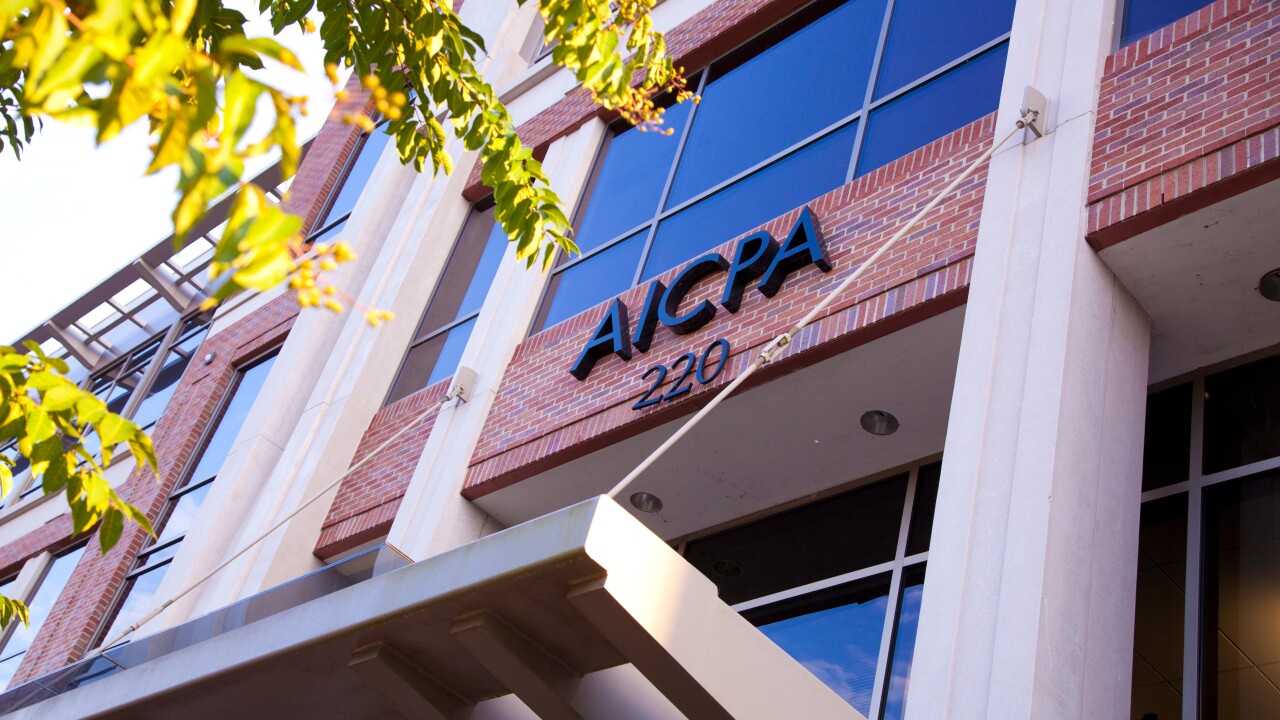The Trump administration tightened long-standing eligibility requirements for clean energy tax credits, a move that could threaten the viability of hundreds of wind and solar energy projects under development.
Treasury Department
The moves, which follow an
Under Trump's massive tax-and-spending bill signed into law July 4, solar and wind developments are eligible for tax credits if they begin construction within 12 months.
Until now, projects were considered eligible for the credits if developers had spent at least 5% of the planned projects cost. The new rule eliminates the 5%, instead requiring developers to prove "physical work of a significant nature" has been taking place on an ongoing basis.
"Projects are going to have a difficult time achieving these levels of performance," said Rhone Resch, the chief executive officer of Advanced Energy Advisors, a risk management consulting firm for renewable energy development.
"It's not the worst thing in the world," Resch said. "What it is going to do is reward sophisticated companies that have projects that are farther along in their development. The companies that are going to suffer are the smaller medium-sized developers that aren't going to be able to meet this time frame."
Shares of large solar companies jumped on the news. Sunrun, the biggest U.S. residential solar company, rose as much as 28%. NextEra Energy Inc., the biggest large-scale solar and wind developer, climbed as much as 5%. NexTracker Inc., a solar equipment provider, jumped nearly 9%.
More than 2,500 announced wind and solar projects — with a combined generating capacity equivalent to roughly 383 nuclear reactors — that have yet to begin construction could be affected by the decision, according to data from BloombergNEF.
Large renewable energy developers have expressed confidence they can withstand the policy change. Executives with NextEra Energy Inc. said recently they have started construction on enough projects before the passage of Trump's bill that they can meet their development plan through 2029. AES Corp. said most of its backlog of projects won't be subject to the new guidance.
Still, the stricter requirements will add another hurdle to an industry already reeling from the Trump administration's attacks aimed at blocking solar and wind development on both federal and private lands.
U.S. annual clean energy installations are projected to plunge 41% after 2027, due to the rapid phaseout of wind and solar tax credits, according to an analysis from BloombergNEF published before the latest Treasury tax guidance.






